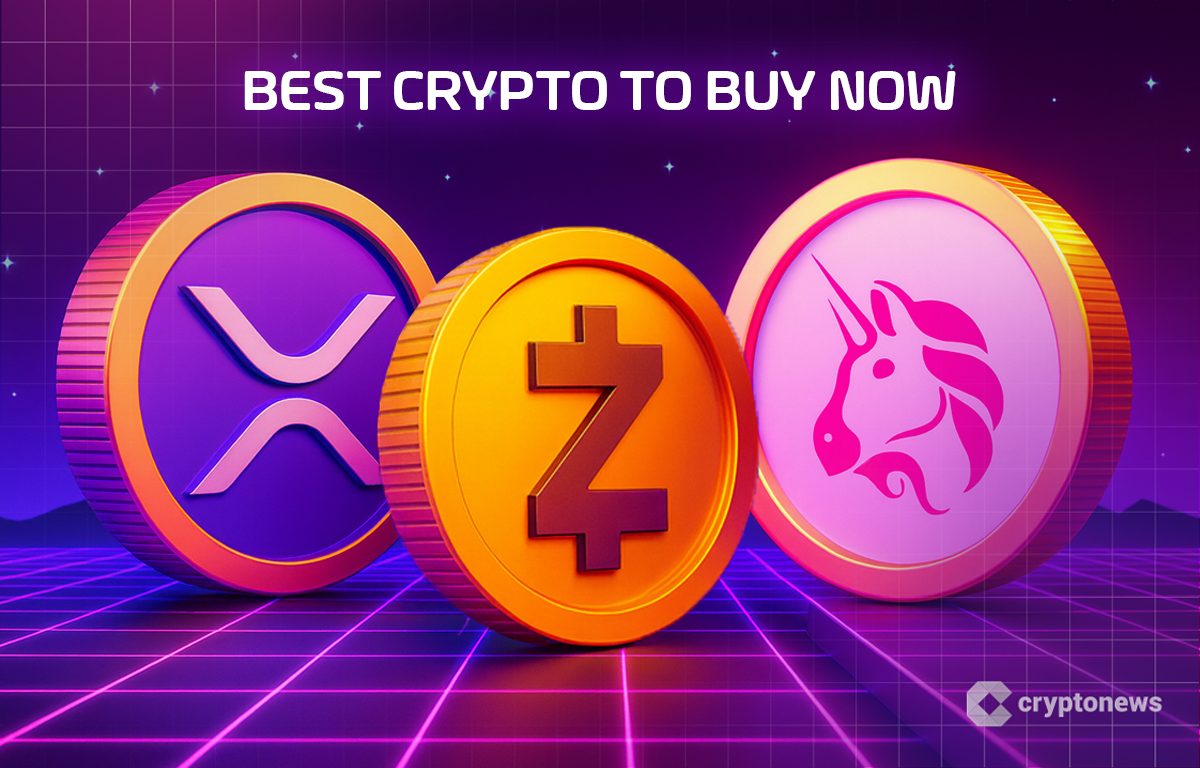J. Ayo Akinyele, Head of Engineering at RippleX, has released a detailed analysis exploring whether the XRP Ledger (XRPL) could one day support native staking, prompting new discussion about how the network’s incentive and governance models may evolve. This proposal comes at a time when XRPL’s DeFi presence remains limited despite 13 years of activity. Ripple’s top executives, David Schwartz and Brad Garlinghouse, have also voiced support for moving XRPL beyond its payment-focused origins and into broader decentralized finance (DeFi) functionality. What Would XRP Native Staking Look Like According to Ripple Engineers? According to Akinyele, XRP has evolved far beyond its origins as a fast settlement asset, now serving key functions in liquidity, real-time value movement, and tokenization. The recent launch of the first XRP ETF further highlights the asset’s growing relevance. “When I think about how XRP’s utility could keep expanding alongside new capabilities, a question naturally comes up: What if the XRP Ledger (XRPL) supported native staking? What would that mean for network design and the asset itself?” Akinyele wrote. In the detailed post, the RippleX executive explained that XRPL’s Proof of Association consensus operates differently from traditional Proof-of-Stake systems. Fees are burned rather than redistributed, and validator trust is earned through performance rather than financial stake. “For XRP native staking to exist, two things would be essential: first, a source of staking rewards, and second, a way to distribute them fairly,” the executive added. Akinyele emphasizes that such a feature would not be a simple addition. It would require rethinking how value circulates within the network while preserving XRPL’s stability and decentralization. Schwartz, one of the original architects of the XRP Ledger, also joined the conversation. He outlined two experimental ideas circulating within the engineering community. The first idea is a two-layer consensus model. In this design, an inner layer of 16 validators would be chosen by the outer layer based on stake. This inner validator set would use staking and slashing mechanisms solely to advance the ledger. The second idea maintains XRPL’s current consensus model unchanged. Instead of restructuring validators, it proposes using transaction fees to pay for zero-knowledge (ZK) proofs that confirm the correct execution of smart contracts. With this approach, nodes would no longer need to run the smart contracts themselves. Schwartz described both ideas as technically impressive but not realistically viable “any time soon.” “On two-layer consensus: It’s a lot of work and risk. The benefits to network stability and robustness are largely theoretical and there aren’t any current issues in either area……On the ZKP mechanism: It’s very cutting edge and complex technically. If there isn’t a lot of uptake, it will be a lot of work for zero gain,” he remarked. With programmability efforts and smart contract discussions progressing, Schwartz said it is an appropriate moment to consider what new native DeFi capabilities might eventually look like. “XRP Ledger was created in 2012. The world of blockchain has changed many, many times over since then. My own thoughts on governance and consensus models have evolved. I’ve been mulling over how XRP is used in DeFi (both organically with apps and protocols like Flare, MoreMarkets, Axelar, Doppler, etc) and natively onchain,” he commented. With new DeFi protocols and apps emerging for XRP, what other possibilities for the network should be discussed? Ripple eng leader @ja_akinyele tackles this and the questions that need to be considered at the outset https://t.co/RCkiWKuiTO— Brad Garlinghouse (@bgarlinghouse) November 18, 2025 The discussion has sparked interest among XRP holders, particularly because XRPL’s presence in the DeFi sector remains relatively small. According to DeFiLlama, the XRP Ledger currently holds $75.77 million in total value locked (TVL). This is a modest figure compared to Ethereum’s roughly $71.36 billion and Solana’s $9.443 billion. If native staking were ever introduced, it could attract additional capital from investors seeking reliable on-chain yields, potentially accelerating XRPL’s growth within the DeFi ecosystem and expanding XRP’s utility. The post Ripple Engineers Eye Native XRP Staking as XRPL DeFi Growth Lags appeared first on BeInCrypto.

More Headlines

Best Crypto to Watch Now? Experts Reveal Why XRP and Its Tundra Platform Could be Top Picks for 2025
CryptoPotato

Leading AI Claude Predicts the Shocking Price of XRP, Solana, Dogecoin by the End of 2025
CryptoNews.com

Best Crypto to Buy Now 18 November – XRP, Zcash, Uniswap
CryptoNews.com

XRP Price Prediction: Millions Vanish From XRP Funds – Are Institutions Quietly Dumping Before a Bigger Crash?
CryptoNews.com
Crypto News Today, November 18 – Is Bitcoin’s Dominance Over? BTC Slips Below $90K as Traders Search for Stability: Next 100x Crypto?
99bitcoins

US GOV Re-Opens! XRP Up as ETF Launches! VISA Launch USDC Pilot!
Decrypt
